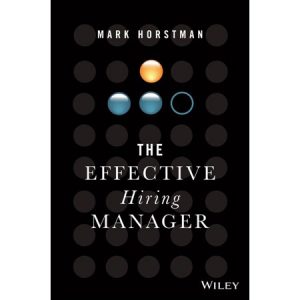Hiring is one of the most crucial tasks in any organisation. It can have devastating results on the company if not carried out carefully. Bad hires cause havoc and can ruin a perfectly well functioning organisation and company culture in no time.
The first principal of hiring is don’t do it. If you can avoid adding more people and become more efficient instead that’s the best option. If your competitor does not need more staff that will show up in your performance at some point. They can do more with less. Usually higher productivity shows up in better profit margins.
The second principal is to set the hiring bar high. Quality attracts quality and it shows in your company culture, too. Setting standards and running a planned and measured process is something that you can get better at. Ad hoc routines stay as they are, ad hoc.
The biggest mistake in hiring is to look for reasons to say yes for candidates. Often there’s a rush to fill the position and FOMO of good candidates kicks in. This is the default behaviour but it does not make any actual sense. The worst outcome is to hire a wrong candidate for the position. You want to avoid this outcome at any cost.
This is the purpose of effective interviewing – saying no. The process is there to rule out people that are not a good fit for the position. It’s better to have a longer recruitment process than get it over with quickly and settle with a sub-bar quality candidate with all the unintended consequences down the road.
When you look for strengths you will find them. It’s easy to like some candidates more than others and subjective judgements bias the hiring process anyways. Saying no is the default answer, and the recruitment process takes care of the rest.
The old saying hire for attitude and train for skill is widely used as a thumb of the rule guide. Yet, the best way to screen people for the job is to figure out whether they have the behaviours required for the position. Behaviour is something that is known and it can be measured. If you have done it before you are likely to do it again.
The behaviours that matter in the recruitment context are the words we say, how we say them, facial expressions, body language and the work product (i.e. quality, quantity, accuracy, timeliness, documentation and safety). The screening and interview phases are planned in a way to reveal these.
The book walks through the whole recruitment process and gives enough practical guidance to plan and execute hiring in detail. It takes the view of hiring manager who’s responsible of the new recruitment and provides tips how to involve and handle the HR department if the company has one.
Overall the recruitment process is about marketing and sales as much as making the organisation work and carry out the functions it is supposed to do. How you handle the candidate communication and overall process leaves a lasting impression of your professionalism and quality as an employer. Ad hoc recruitment process is easy to recognise when you’re involved with it. Companies that set high bar improve and get better in recruitment. Prepare yourself to say no.

